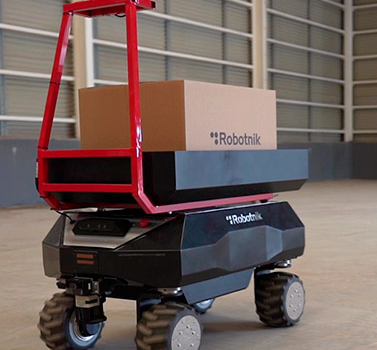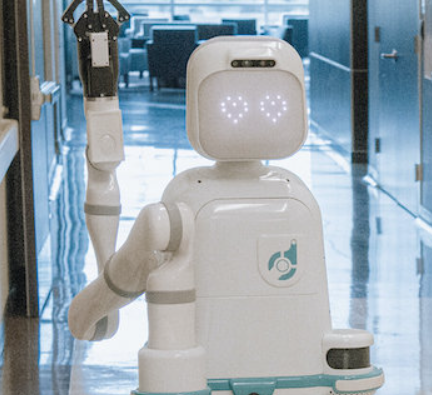
In today’s fast-paced, globalized economy, the demands placed on warehouse logistics have grown exponentially. Traditional methods of material handling are quickly falling short, making way for smarter, more adaptive solutions. At the forefront of this transformation are autonomous mobile robots (AMRs), which are redefining how goods are transported within warehouses.
As logistics operations become more complex and time-sensitive, automation has emerged as a critical strategy. One of the most labor-intensive and time-consuming tasks in warehouse environments is internal transport—and that’s exactly where mobile robots make a significant difference.
Why Mobile Robots Are Reshaping Warehouse Operations
Autonomous mobile robots are designed to support daily warehouse activities by taking over the repetitive, manual task of transporting materials. By working alongside human operators, these robots help streamline workflows, improve safety, and reduce the physical strain on staff. Their introduction into warehouse operations has already led to measurable improvements in productivity and cost efficiency.
Below are three key reasons mobile robots have become a cornerstone of modern warehouse management.
1. Cutting Downtime and Keeping Workflows Moving
One major benefit of deploying mobile robots is their ability to operate around the clock without fatigue. Unlike human workers, these robots don’t require breaks or shift changes, which means goods continue moving through the warehouse without interruption. This 24/7 operational capability significantly reduces downtime and keeps productivity levels high.
2. Lowering Operational Expenses
Labor shortages and the increasing demands of e-commerce are pressuring warehouses to find scalable solutions. Mobile robots offer an effective way to reduce overhead costs associated with labor-intensive transport tasks. Their consistent performance helps cut down on errors, eliminates the need for rework, and accelerates tasks that would otherwise slow down operations. Better yet, they can be deployed without altering the existing infrastructure, making them a practical investment for most facilities.
3. Boosting Overall Logistics Efficiency
AMRs bring flexibility and adaptability to warehouse operations. Their multifunctionality allows them to perform various tasks, such as material transport, inventory tracking, and order handling, all while navigating complex warehouse layouts. Additionally, they scale easily—adding more units to meet growing demand is both simple and cost-effective.
Robots also deliver accuracy where it matters most. For example, in environments where inventory control is critical, AMRs help minimize discrepancies and prevent losses by monitoring and updating stock data in real time.
Key Material Handling Tasks Mobile Robots Can Perform
Mobile robots are versatile tools capable of automating a wide range of tasks that were traditionally performed by humans. Some common applications include:
- Shelf Restocking: Robots can move items from receiving areas to appropriate storage shelves, ensuring timely replenishment and efficient organization.
- Returns Processing: In e-commerce settings, returns are frequent. Robots help transport returned goods to quality check areas and reintegrate approved items back into the system.
- Heavy Load Transport: Moving large, heavy items poses risks for human workers. AMRs are equipped to handle substantial loads safely and efficiently.
- Inventory Scanning: By reading QR codes or RFID tags, mobile robots provide up-to-date stock levels, helping prevent discrepancies and ensuring accurate inventory tracking.
Looking Ahead: The Evolution of Warehouse Robotics
The rise of what many refer to as “Logistics 4.0” is reshaping supply chain strategies. As warehouses embrace digital transformation, mobile robots play a crucial role in automating repetitive, low-value tasks—freeing up human workers for more strategic responsibilities.
The future of warehouse automation is being shaped by advancements in artificial intelligence, machine learning, big data, and IoT. These technologies allow robots to become more intelligent and autonomous, enabling them to handle complex tasks and adapt to dynamic environments with ease.
Mobile robots are no longer a futuristic concept—they’re an essential part of today’s smart warehouse ecosystem. By improving throughput, cutting costs, and enhancing flexibility, they’re helping businesses stay competitive in a rapidly evolving market.












